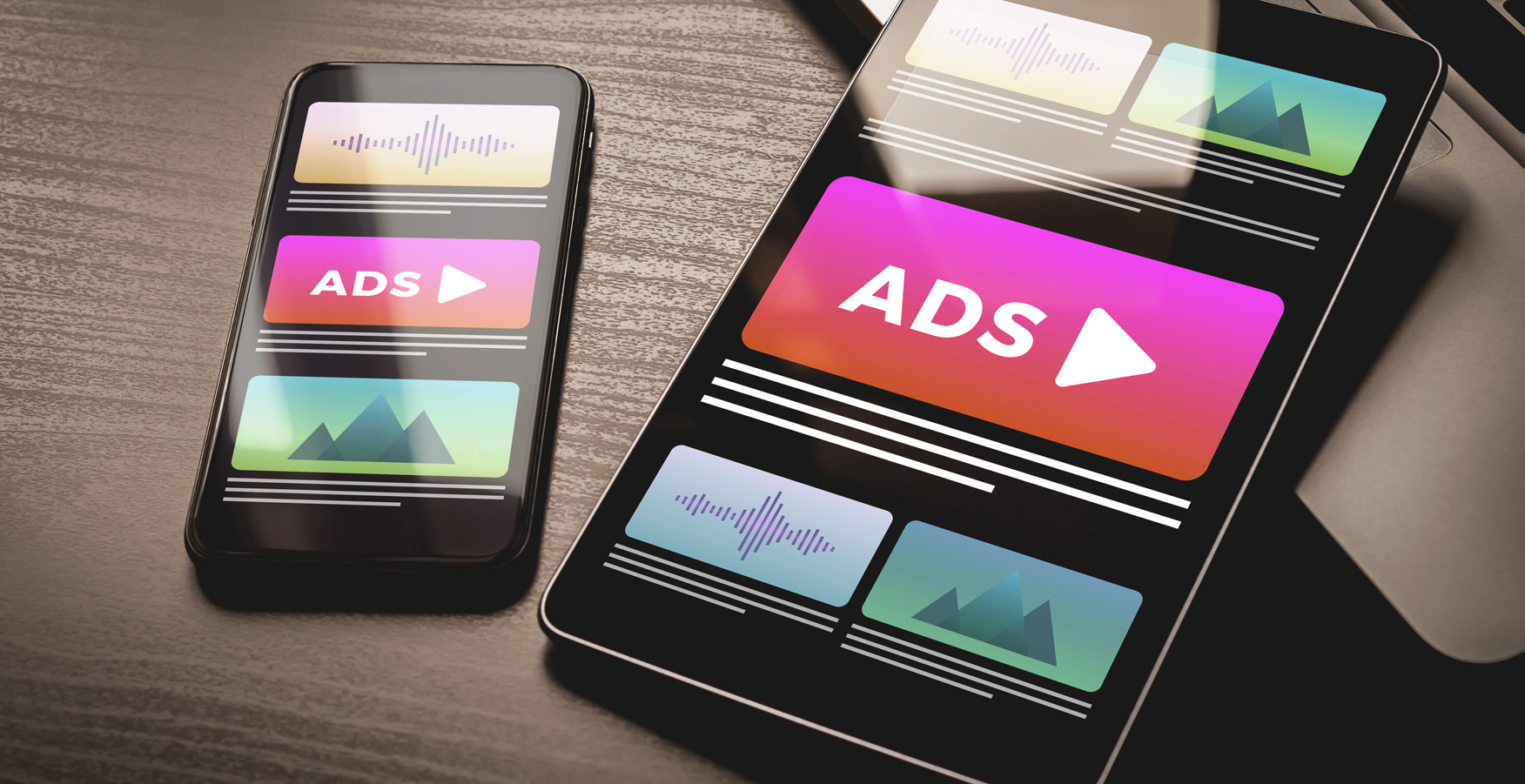At one time when you wanted to advertise your products on the radio or television, you had to call the sales team at the radio station you wanted to advertise with, submit a request for proposal (RFP), negotiate a deal and submit insertion orders (IOs). Then you would call the television station and repeat the same manual steps.
Not only was this process time consuming, it also increased the chances of advertisers wasting money by showing ads to people who would never buy their products no matter how great the ad was because they weren’t their target audience.
Then came shifts in technology and instead of people just watching TV at home or listening to the radio in their car, now they are streaming TV through devices like Apple or Roku and streaming their favorite podcast on Spotify using their mobile phone.
As the way people consume media has changed, so has the way advertisers reach audiences. That’s where programmatic advertising comes in.
Programmatic advertising is a billion dollar business that continues to grow. In 2021 U.S. Programmatic Digital Display Ad spending was at $105.99B. In 2022 it is projected to increase 22% to $129.48B.1
And 76% of marketing professionals are using programmatic advertising to some extent. 2
What is Programmatic Advertising?
Programmatic advertising uses automated technology to buy and sell advertising space on websites, streaming radio, TV and other forms of digital media.
At some point in your day, you have been served at least one of these ads either while scrolling your feed on social media, watching your favorite TV show on YouTube TV or maybe while reading your morning news online.
Where programmatic separates itself from traditional advertising is advertisers are able to choose who they would like to target, what time, what day and even more granular details like the devices or browsers they would like to have a presence on.
Reach the right audience at the right time with the right message
Just because all meat eaters eat meat doesn’t mean they are all the same. How you advertise to a mother who buys pork chops to cook for her family is different than how you reach a guy who loves to watch sports with beer and a good ribeye steak.
Programmatic advertising allows advertisers to show the right message to the right person at the right time, so the mother looking for her next recipe idea is shown an ad on recipe.com or the Food Network that says “Pork Chops on Sale” whereas the guy who likes sports and a great steak is shown an ad on ESPN or his favorite mobile app game that says “Grass-Fed Steak.”
Both are looking for a similar product but how to reach each of them to increase awareness and get them to buy a product is very different. With programmatic advertising, you have the ability to set strict parameters on who you want to target and how much you are willing to pay.
How much does programmatic advertising cost?
Programmatic ad buys are bought per impression in a real-time bidding auction. A CPM or cost per impression is the cost for every 1,000 impressions or views of your ads. The price you pay for available ad space varies based on a number of factors such as the ad type, competition, the available inventory, location and a few other variables.
For example: a display ad on a website can cost an advertiser $15 CPM whereas an online video may run about $30 CPM. Hulu or YouTube TV can run at an even higher rate of $75 – $90 CPM.
Advertisers have the ability to set a budget by day or for an entire campaign, giving you maximum control over how much or how little you spend in a given time period.
So where to get started?
Now that you have an idea of what programmatic is, the benefits and how much it costs, you’re probably asking yourself, “How can I get started with a programmatic campaign?” Great question!
There are two ways you can approach programmatic: do it yourself with access to a programmatic advertising platform or hire an agency to do it for you.
Some platforms are made for buyers of ad space, some are focused more on those looking to sell ad space and other platforms are set up to meet both needs. Neil Patel, a leading expert in digital marketing, does a great job listing the 12 top programmatic platforms of 2022 in his blog.
Even if you set up your own programmatic ad campaign, you will need to hire people to manage your campaign if you do not have an in-house marketing team that is experienced with programmatic media buys. Here’s where it’s critical to have a team that really knows the “who, what, where and when” of your target customers.
If you opt to partner with an agency who can manage your programmatic media buys on your behalf, look for one that specializes in your type of business. Many agencies offer programmatic advertising solutions but not all of them understand your target audience and can fully leverage the targeting capabilities of the platform.
As effective as programmatic advertising can be at growing awareness, it’s important to remember it is only a single piece of the puzzle when it comes to solving your targeting needs. Its strong suit is that it makes buying and selling advertising space easier and allows you to reach the right audience at the right time with the right message. Take advantage of this platform to reach your target consumers wherever they are in the digital space.
2 “The State of Programmatic Advertising, Strategies, Tactics & Trends” | Ascend2 – Research Based Marketing
